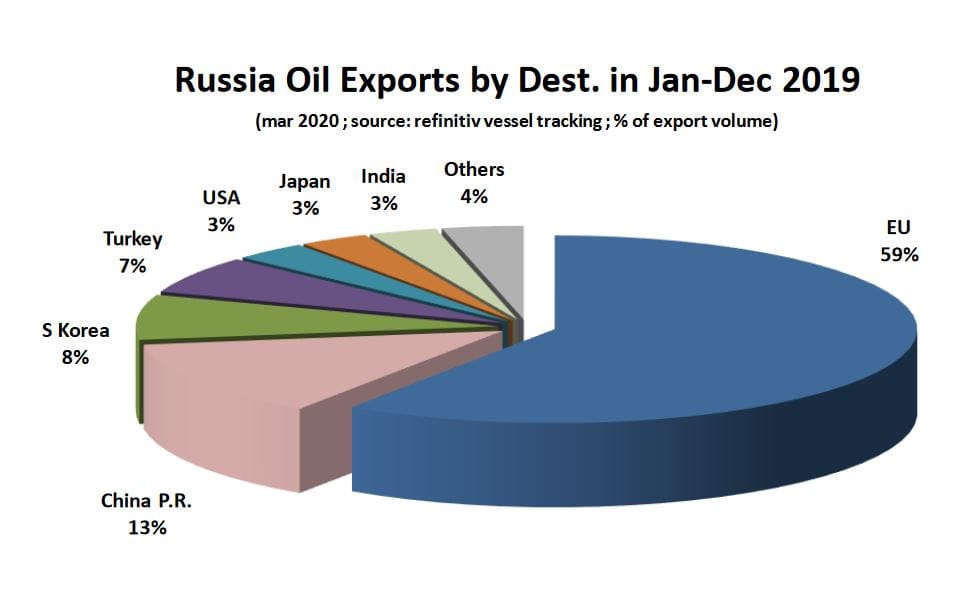In a significant step revisiting his hallmark policies, former U.S. President Donald Trump announced the imposition of a 25% tariff on all imported steel and aluminum. This action, aimed at reshaping the American trade landscape, underscores his consistent advocacy for protecting domestic industries and reducing trade imbalances.
During the announcement, President Trump emphasized that the new tariffs are designed to safeguard national economic security, bolster domestic manufacturing, and remedy trade deficits. “It’s time we reclaimed American strength in critical industries like steel and aluminum,” Trump stated, signaling a bold attempt to recalibrate trade policies.
The tariffs apply uniformly to imports from all countries, stirring varied reactions globally. Major trade partners including Canada, Mexico, and the European Union have expressed concern over the measures. Many fear that this sweeping tariff policy could exacerbate existing trade disputes and disrupt global supply chains. Canada’s Trade Minister described the move as “alarming and detrimental to longstanding trade ties,” while some European leaders cautioned that retaliatory actions might be necessary.
From an economic perspective, the decision has elicited mixed reactions. U.S. trade watchers argue that the tariffs might encourage domestic production and stimulate job creation in the steel and aluminum sectors. These industries have faced competitive pressures from cheaper imports for years. However, others warn of potential ramifications, such as increased costs for American manufacturers that rely on imported metals, which may lead to higher consumer prices.
Market reaction to the policy announcement was immediate. Equity markets experienced volatility, with stocks from industries heavily reliant on steel and aluminum imports facing losses. At the same time, U.S.-based steel and aluminum producers witnessed a slight uptrend, reflecting optimism around the potential for increased domestic demand.
Trump’s announcement ties into broader themes of economic nationalism and protectionism. Analysts are drawing comparisons with similar policies he implemented during his presidency. While those policies aimed to level the playing field for U.S. industries, critics pointed out unintended consequences, such as strained relations with top trade partners and retaliatory measures.
The timeline for implementing these tariffs is swift, with enforcement measures anticipated to take effect immediately after the official announcement. Importing entities face an impending challenge to align their operational strategies to accommodate these changes.
Industry experts suggest that the new tariffs may impact construction and automotive sectors significantly. Both are major consumers of steel and aluminum products. Consumers may experience indirect effects, including the potential for price increases on vehicles, appliances, and housing materials.
Beyond the immediate economic implications, Trump’s unilateral tariff policy has spurred questions regarding its alignment with global trade frameworks. The World Trade Organization (WTO) may face challenges in addressing any ensuing trade disputes if impacted trade partners bring grievances forward.
The policy also includes provisions aimed at implementing reciprocal tariffs. This means that the United States intends to impose similar duties on goods equivalent to those levied by other nations on U.S. exports. Proponents of this strategy argue it ensures trade reciprocity; however, detractors caution it could spiral into broader trade conflicts.
As reactions continue to pour in, one recurring theme has emerged — Trump’s tariffs underscore a renewed push to challenge long-standing trade norms. Whether this step will yield its intended benefits for the U.S. or fuel additional trade tensions remains a subject of extensive debate. Economic stakeholders and global leaders will likely keep a close watch as the impacts of this decision begin to unfold.



